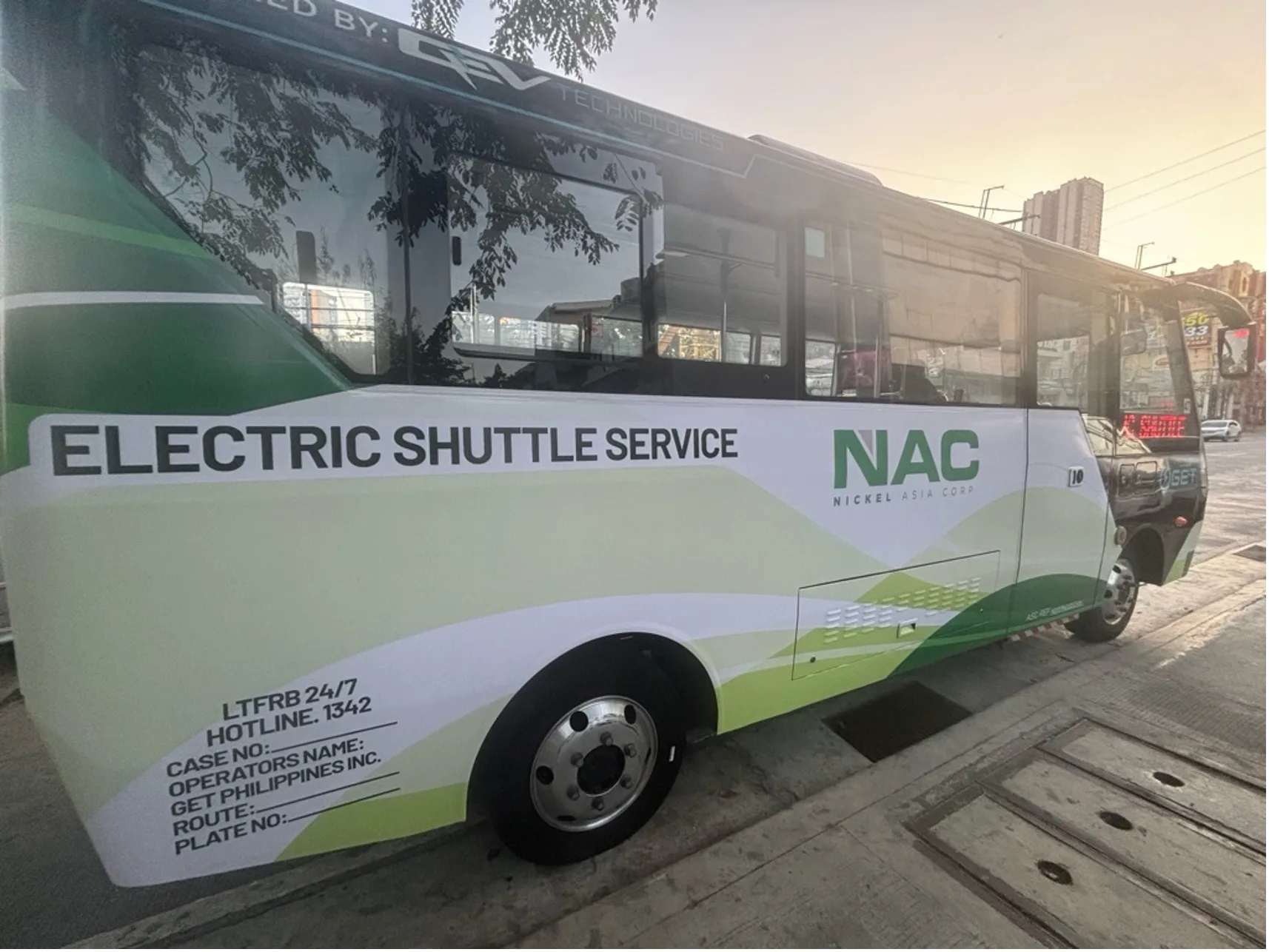Transit Advertising Philippines for Unmatched Brand Exposure
Exactly How Transportation Advertising Can Change Public Transportation Spaces Into Dynamic Marketing Operatings Systems
Transit advertising and marketing holds considerable possibility to redefine public transport areas right into dynamic advertising and marketing platforms that engage and educate. By making use of innovative styles such as interactive stands and electronic display screens, brands can not just reach a diverse audience yet additionally enhance the general traveler experience. This approach produces an one-of-a-kind opportunity for brands to link with customers in a setup that is typically forgotten. As we check out the complex benefits and developing methods of transportation advertising and marketing, it raises the inquiry of just how this transformation could redefine our communications with both brand names and the urban environment.
Advantages of Transportation Marketing

Additionally, transportation advertising and marketing is extremely economical compared to typical media. It permits advertisers to accomplish high perceptions at lower prices, making the most of return on financial investment. The captive audience of travelers provides a possibility for brands to communicate their messages to people who are often responsive throughout their travel times.
Moreover, the vibrant nature of transportation advertising and marketing enables projects to be upgraded frequently, making sure that messaging remains prompt and relevant. This versatility can be critical in replying to market patterns or advertising occasions, keeping the brand top-of-mind for customers. Last but not least, the prevalent existence of transit advertising and marketing contributes to brand recall; repeated direct exposure within acquainted traveling contexts reinforces brand recognition and fosters consumer loyalty, inevitably driving sales and boosting brand track record.
Kinds Of Transportation Advertising And Marketing
Public transport systems give various formats for advertising and marketing, each accommodating different advertising and marketing strategies and target market engagement methods. One popular type is exterior bus and train wraps, which cover the entire vehicle and create a mobile billboard effect, enabling high presence in city settings. These covers can capture attention as they traverse busy roads, getting to a varied target market.
An additional prominent format is interior advertising and marketing, that includes posters, digital screens, and advertisements on transportation seats. These placements involve travelers during their trip, enhancing brand messaging in a confined room. Digital shows, specifically, offer the benefit of dynamic material, enabling advertisers to upgrade messages in real-time.
Station advertising and marketing is likewise significant, featuring posters, banners, and interactive booths within transit terminals. These advertisements take advantage of foot website traffic and can target specific demographics based on place.
Finally, marketing collaborations with transportation authorities can lead to one-of-a-kind campaigns, such as themed transportation experiences or events, boosting the overall involvement with travelers. Each type of transportation marketing supplies unique advantages, allowing brand names to tailor their technique to effectively reach their target market within the public transport environment.
Engaging Travelers Effectively
Commuters are significantly inundated with marketing messages throughout their daily trips, making it necessary for brands to engage them in ingenious means. To capture interest in this jampacked space, advertisers need to focus on creativity and importance. Utilizing distinctive visuals and concise messaging can substantially boost the chance of engagement.
Interactive aspects, such as QR codes or enhanced fact attributes, can also transform static advertisements right into go to this web-site immersive experiences, cultivating a much deeper connection with the audience. Brands ought to focus on attending to travelers' needs and rate of interests, tailoring messages to resonate with their lifestyle, whether with promos for neighborhood organizations or services designed to enhance their commuting experience.
Furthermore, timing plays a vital function; tactically putting ads during top commuting hours can make best use of presence and influence. Involving travelers successfully likewise involves leveraging social media integration, allowing passengers to share their experiences or promotions straight from transportation systems, consequently enhancing brand reach.
Essentially, reliable interaction depends upon comprehending the traveler trip and producing compelling, interactive, and pertinent advertising and marketing experiences that not just catch attention yet likewise drive action and commitment. By doing so, brands can transform mass transit right into a vibrant marketing platform that resonates with its audience.

Measuring Advertising Effect
Just how can brands accurately analyze the efficiency of their ad campaign in transit environments? Gauging the effect of transportation advertising and marketing requires a complex technique that combines measurable and qualitative metrics. One widespread method is tracking involvement through mobile analytics, where brand names can evaluate foot traffic patterns and application communications before, during, and after campaigns.
Surveys can give valuable insights into brand name recall and customer view, allowing brands to assess just how well their messages reverberate with commuters. Furthermore, keeping track of social media sites engagement relevant to specific campaigns can disclose shifts in public understanding and brand name conversation.

Moreover, teaming up with transportation agencies can improve dimension precision, as they usually possess comprehensive group information on ridership fads. By incorporating these methodologies, brands can this contact form develop a detailed understanding of their marketing performance, making certain that their projects not just get to yet also impact their target audiences effectively.
Future Fads in Transportation Advertising And Marketing
A significant shift is anticipated in transit advertising as technological advancements and transforming customer actions improve the landscape. Transit Advertising Philippines. The assimilation of interactive media and digital displays is anticipated to boost interaction, enabling brands to deliver vibrant material that resonates with diverse audiences. As public transport systems welcome clever innovation, advertisers will utilize real-time information analytics to tailor messages based upon traveler demographics and behaviors
Moreover, boosted truth (AR) is positioned to transform the way travelers communicate with advertisements. By giving immersive experiences, AR can transform a mundane trip into an interesting narrative that captures interest and fosters brand loyalty. This advancement will likely urge marketers to produce more experiential projects that drive customer interaction.
Sustainability is an additional essential pattern influencing transit advertising and marketing. As ecological awareness expands, brand names will progressively look for to align with environment-friendly practices, making use of sustainable products and promoting eco-friendly efforts within their campaigns.
Verdict
To conclude, transit marketing provides significant benefits by improving brand name presence and involving a captive audience. Via different styles, such as outside covers and electronic displays, it transforms public transportation right into a lively advertising and right here marketing system. Efficient engagement approaches and robust dimension techniques further magnify its impact. As patterns evolve, the capacity for ingenious interactions between commuters and brand names is poised to grow, making certain that transportation advertising and marketing continues to be a crucial component of modern advertising and marketing methods.
Transportation marketing holds considerable potential to redefine public transportation spaces right into dynamic advertising and marketing systems that engage and inform. The pervasive presence of transit advertising and marketing adds to brand recall; repeated direct exposure within acquainted traveling contexts strengthens brand recognition and cultivates consumer loyalty, inevitably improving and driving sales brand reputation.
Just how can brand names accurately analyze the performance of their marketing projects in transit environments?In verdict, transit advertising uses considerable benefits by improving brand exposure and engaging a restricted audience. Transit Advertising Philippines. As fads develop, the possibility for ingenious communications in between brands and travelers is poised to grow, guaranteeing that transportation advertising continues to be a crucial component of contemporary advertising and marketing methods